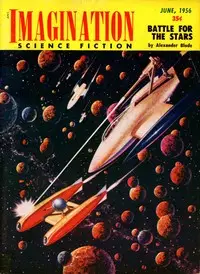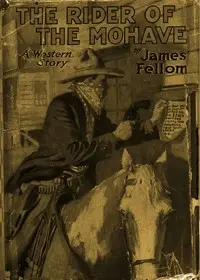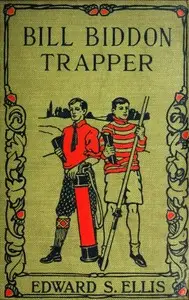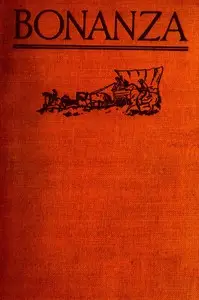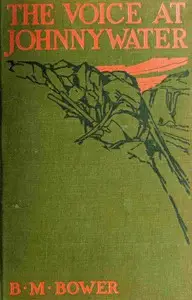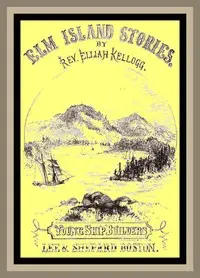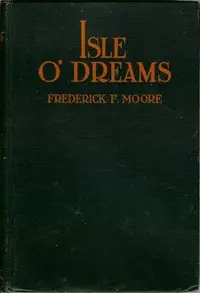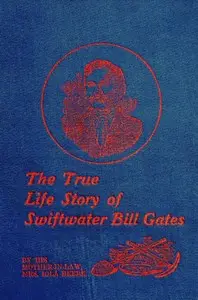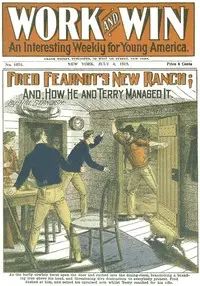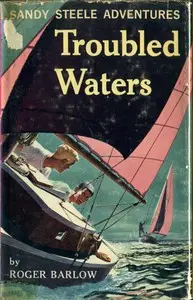"The Parowan Bonanza" by B. M. Bower is a story set in the Nevada desert during the early 1900s about Hopeful Bill, a cheerful prospector, who journeys through hard landscapes with his unusual pets, including a parrot and desert turtle, while on a quest to find riches. The book shows Bill's upbeat attitude that stands out among the skepticism of his peers. It also hints at a romantic connection that develops with Doris Hunter, adding a touch of romance to Bill's adventures as he gathers resources for a long journey, showing off his quirky personality. The novel highlights the main character’s adventurous spirit, exploring themes of hope and relationships in the rough Nevada desert.
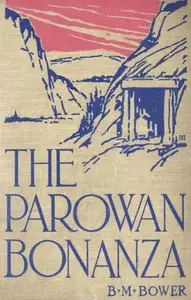
The Parowan Bonanza
By B. M. Bower
In the unforgiving landscapes of Nevada, an optimistic prospector and his peculiar animal companions chase dreams of fortune and love.
Summary
About the AuthorBertha Muzzy Sinclair or Sinclair-Cowan, née Muzzy, best known by her pseudonym B. M. Bower, was an American author who wrote novels, fictional short stories, and screenplays about the American Old West. Her works, featuring cowboys and cows of the Flying U Ranch in Montana, reflected "an interest in ranch life, the use of working cowboys as main characters, the occasional appearance of eastern types for the sake of contrast, a sense of western geography as simultaneously harsh and grand, and a good deal of factual attention to such matters as cattle branding and bronc busting." She was married three times: to Clayton Bower in 1890, to Bertrand William Sinclair in 1905, and to Robert Elsworth Cowan in 1921. However, she chose to publish under the name Bower.
Bertha Muzzy Sinclair or Sinclair-Cowan, née Muzzy, best known by her pseudonym B. M. Bower, was an American author who wrote novels, fictional short stories, and screenplays about the American Old West. Her works, featuring cowboys and cows of the Flying U Ranch in Montana, reflected "an interest in ranch life, the use of working cowboys as main characters, the occasional appearance of eastern types for the sake of contrast, a sense of western geography as simultaneously harsh and grand, and a good deal of factual attention to such matters as cattle branding and bronc busting." She was married three times: to Clayton Bower in 1890, to Bertrand William Sinclair in 1905, and to Robert Elsworth Cowan in 1921. However, she chose to publish under the name Bower.



